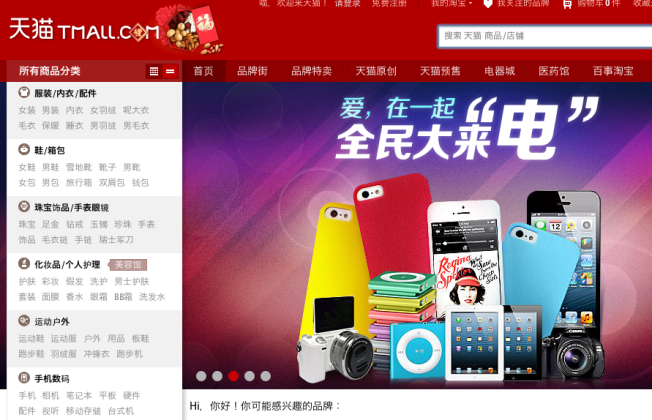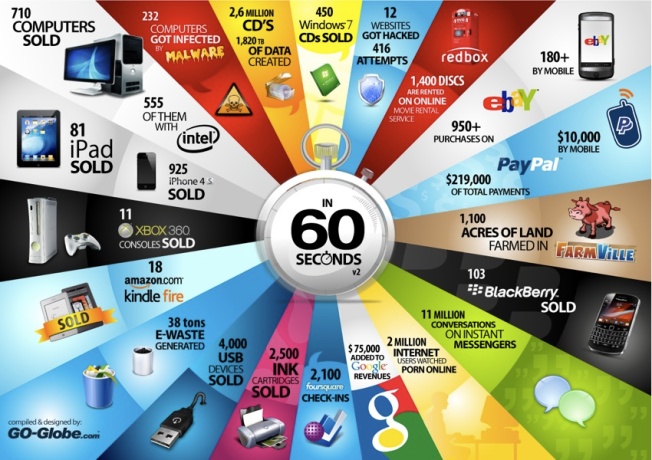Secneo, a Beijing-based software solution provider and Gao Consulting have signed an agreement on business cooperation.According to the agreement, Gao Consulting represents Secneo in Europe by promoting and marketing the advanced services offered by Secneo to the mobile application ecosystem.
Secneo has developed a unique security solution for Android mobile applications. Secneo offers a shielding service that encrypts the Android application and makes it immune to illegal actions. The shielding service is available online at http://www.secneo.com. By registering online, you can have a free trial and test the Secneo security yourself. No need to submit your source code. No back-door!
As known by all the professionals, an Android application package is open by its nature and thus, vulnerable to all sort of illegal actions like hacking, tampering or intrusion of malicious code in to the code base. Pirated copies cause significant problems to the original developers, publishers and distributors. Pirate copies steal the business from the legal beneficiaries. Typically, the payment functions are turned off or removed in the pirate copies and sometimes replaced by a some sort of business model chosen by the illegal distributor. In case of mobile games, a cheating tool (there are many openly available) is inserted into the application. In this way, the original gaming experience is distorted that can cause harm to the gaming community as the whole.
In addtion to the shielding service, Secneo provides security testing services and so called channel monitoring. Channel monitoring is a invaluable offer to anybody selling Android apps in China (or any developer who wants to know there are illegal copies of his/her application distributed in China). The mobile ecosystem in China differs from what we experience in the West in the sense that there are almost 300 application stores for Android applications: by mobile operators like China Mobile, internet players like BaiDu and Tencent, dedicated distributors like 360 and many many smaller actors. For this reason, practically no developer has the capability to follow up where the legal and especially illegal copies of his applications are available for download. The channel monitoring system of Secneo is fully automated: it scans continuously all the application stores.
Secneo (or “Bang Bang” 梆梆 as known in China) is a software company founded in Beijing 2010. In addition to Beijing, it has an office in Chengdu. Secneo is a well established company and the technology is field-tested and mature. Secneo has shielded thousands of applications and secured a 10 billion USD worth of business. The company is backed by IDG and Redpoint venture capital companies. Secneo is also a member of IEEE Industry Connections Security Group. The shielding solution has been adopted by many game studios, publishers, banks and other financial institutions.
Gao Consulting is a high-tech consultancy company specialized in promoting Sino-Nordic business co-operations. The company is based in Espoo, Finland with offices in Nanjing and Beijing. Gao Consulting has an extensive collaboration network in China with signed cooperation agreements with a number of governmental agencies, technology parks and VC companies especially in Jiangsu Province and in Beijing.
Feel free to contact us to learn more about Secneo or services offered by Gao Consulting. We are happy to provide you a free test trial for Secneo to make you convinced about the powerful technology. Regarding Secneo, your contact at Gao Consulting is Markku Ranta, markku.ranta@gao-consulting.com or mobile phone: +358503246233.

















